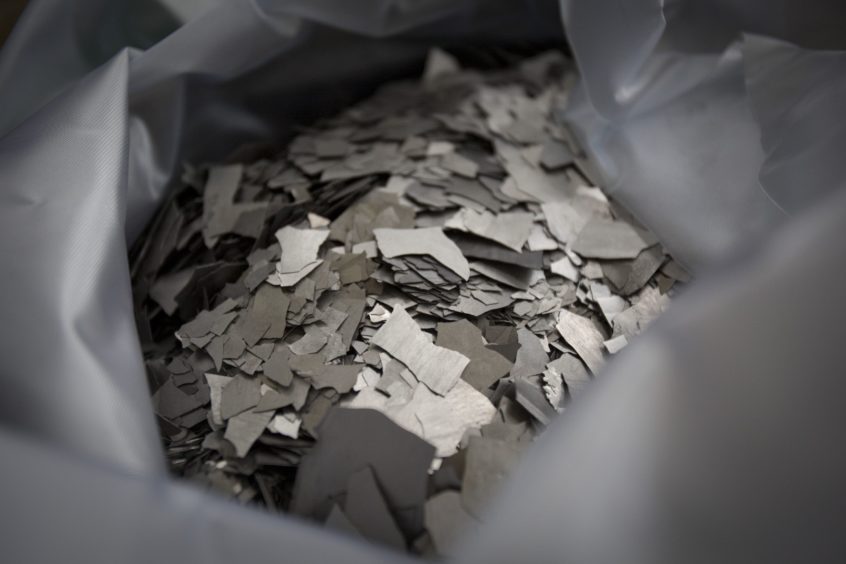With 2024 going down in the history books as the first year to surpass 1.5°C above pre-industrial levels, the spotlight is firmly on accelerating the global net zero agenda and delivering the solutions necessary to mitigate the worst impacts of climate change.
The transition from fossil sources to lower-carbon technologies has significantly increased the demand for essential minerals and rare earth elements, such as copper, lithium, and cobalt, and has consequently emerged as a key part of resolving the conflict between Russia and Ukraine.
Minerals and rare earths are used extensively in devices such as smartphones, computers, and TVs, but are also critical components in the clean energy and defence industries. Although rare earth elements are abundant in the earth’s crust, they are typically mixed with other minerals, making them difficult and costly to extract and process.
The global production of rare earth has surged over the last 30 years, increasing from around 75 kilotonnes in 1995 to over 350 kilotonnes in 2023. The increasing demand has in turn highlighted that achieving the global net zero agenda is intrinsically linked to accessing mineral and rare earth elements.
Providing context, a typical electric car requires around 200 kg of minerals and rare earths, including batteries and motors, which is up to six times greater than that of a comparable combustion engine car, according to the International Energy Agency (IEA). The IEA also highlights that offshore wind requires approximately 15 tonnes of critical minerals per megawatt (t/MW) capacity, with onshore wind and solar photovoltaics requiring up to ten t/MW and 7 t/MW, respectively.
The production of rare earths will need to increase sevenfold by 2040 to meet the needs of the clean energy sector alone
To meet global net-zero carbon emissions targets, the IEA projects that the production of rare earths will need to increase sevenfold by 2040 to meet the needs of the clean energy sector alone. This will require over 25 new cobalt mines, more than 50 new lithium mines, and 60 new copper mines to be operational by the end of this decade.
China has been and continues to be the undeniable leader in rare earths, accounting for over two-thirds of global production and around 90% of processing/refining capacity (2023). The USA is currently the second largest global producer with around 12% of the world’s production, followed by Australia, and Thailand.
However, over 90% of the known global rare earth recoverable reserves are in fewer than ten countries, a list that notably includes China, Russia, USA, and Greenland. As the world pivots towards a cleaner and greener future, the highly concentrated nature of global mineral and rare earth production highlights the geopolitical and energy security risks involved.
With the United States importing close to 90% of the minerals and rare earths it consumes, it is no surprise that it needs to diversify supply, including from Canada, Greenland, Ukraine, and others. The determination to secure access to Ukraine’s mineral resources is a new and high-profile objective that will likely shape future global arrangements.
Countries with proven mineral potential are already exploring new alliances. Unlocking and harnessing the untapped potential in other mineral-rich countries, from Ukraine to Chile, will become of greater strategic and economic, and national security importance.
The energy transition will fundamentally shift its underpinnings away from fossil fuels to minerals and metals necessary for solar, wind, energy storage, electric vehicles, and other technologies. Mineral (in)security is rapidly becoming the new global power game.
Professor Paul de Leeuw is director of the Energy Transition Institute, Robert Gordon University



 © Bloomberg
© Bloomberg






